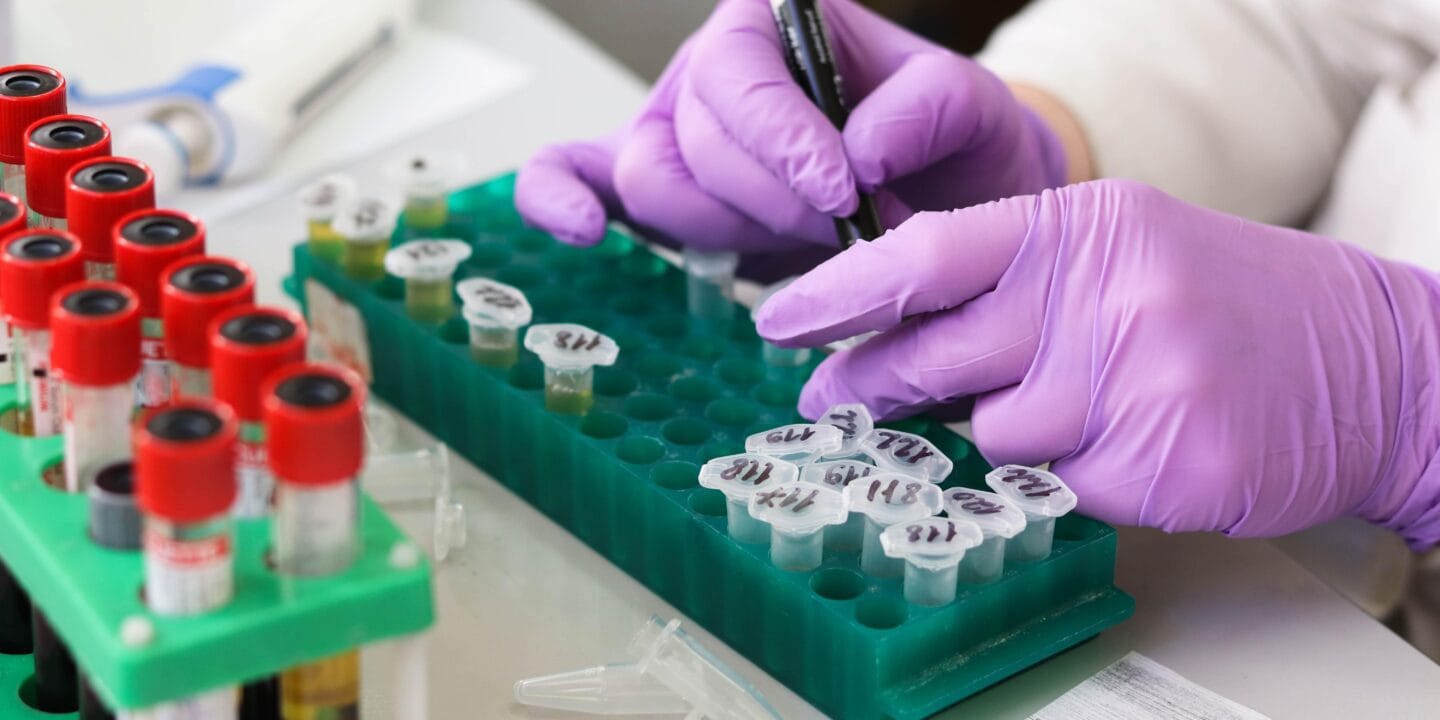- Home
- INTERNAL MEDICINE
- Beta Thalassemia

Beta thalassemia is an inherited disorder of hemoglobin synthesis that results from the inability to synthesize beta chains. It is the commonest variant of thalassemia and commonest in the Mediterranean region.
Heterozygotes have thalassemia minor, a disorder that is typically characterized by mild microcytic anemia and little to no clinical impairment and is only recognized when iron administration for mild microcytic anemia proves ineffective.
Major thalassemia is present in homozygotes.. They cannot produce hemoglobin A. They develop severe transfusion-dependent hypochromic anemia after the first 4–6 months of life.
β-Thalassaemia variants
Silent carrier – β+β
Thalassaemia minor – β0β
Thalassaemia intermedia – β0β+
Thalassaemia major – β0β0
Clinical features
Beta thalassemia major Major beta-thalassemia
- erythroblastosis,
- severe red blood cell dysplasia,
- severe hypochromic anemia
- absence of or significantly reduced levels of hemoglobin A,
- elevated levels of hemoglobin F,
- thalassemia minor in both parents
Beta-thalassaemia minor
- mild anemia,
- some target cells
- microcytic hypochromic erythrocytes
- Raised hemoglobin A2 fraction
- punctate basophilia
Management
Transfusion :
- Indication – Hb < 7g/dL
- Target Hb – 11-13g/dL
Splenectomy – Indicated when transfusion requirements exceed 1.5 times normal
Allogeneic bone marrow transplantation – For homozygous β thalassemia
Supportive :
- Folic acid – to compensate for the folic acid loss due to accelerated RBC turnover
- Iron chelation therapy
Vaccination:
- Pneumococcal vaccine for all patients before elective splenectomy
- Influenzae and Neisseria meningitidis vaccines for children
- For HBsAg –ve patient – hepatitis B vaccine












